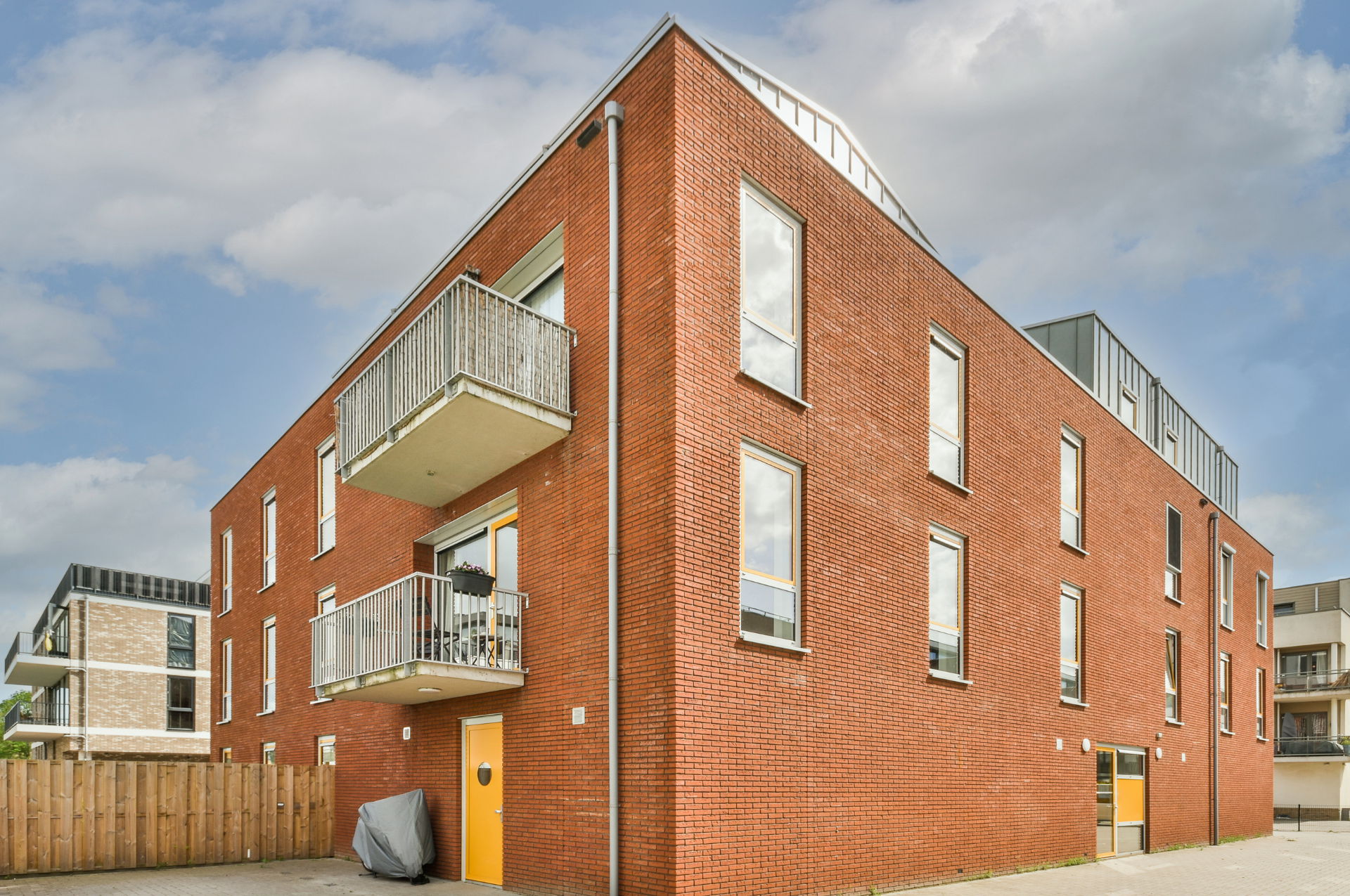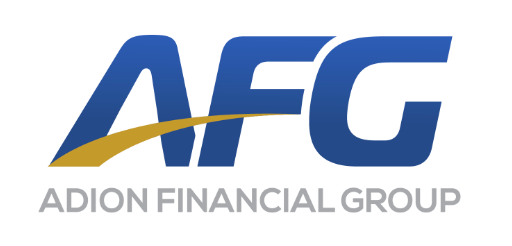
Top 3 Recommended Policies
Owning multi-unit properties in Connecticut can be a lucrative investment, offering steady rental income and long-term appreciation. However, with this opportunity comes the responsibility of protecting your investment from unforeseen risks. Multi-unit property insurance is a specialized coverage designed to safeguard landlords and property owners from financial losses related to their rental buildings.
This comprehensive guide will walk you through everything you need to know about Connecticut multi-unit property insurance. From understanding the types of coverage available to navigating state-specific regulations and finding the right policy for your needs, this article aims to equip you with the knowledge to make informed decisions and protect your multi-unit investment effectively.
What Is Multi-Unit Property Insurance?
Multi-unit property insurance, often referred to as landlord insurance or rental property insurance, is a type of insurance policy tailored specifically for properties with multiple rental units. Unlike standard homeowners insurance, which typically covers single-family homes, multi-unit insurance addresses the unique risks associated with rental properties.
These risks include damage to the building, liability claims from tenants or visitors, loss of rental income due to covered perils, and sometimes coverage for common areas shared by tenants. The goal is to provide comprehensive protection that covers both the physical structure and the financial aspects of owning a multi-unit rental property. Additionally, many policies offer options for coverage on personal property owned by the landlord, such as appliances and furniture provided in rental units, ensuring that landlords are protected against theft or damage to these items as well.
Furthermore, multi-unit property insurance can also include coverage for loss of rent, which compensates landlords for lost income during periods when the property is uninhabitable due to covered events like fire or severe weather damage. This aspect of the policy is crucial, as it helps landlords maintain their financial stability while they work to restore their property and find new tenants.
Why Standard Homeowners Insurance Isn’t Enough
Many new landlords mistakenly assume that their existing homeowners insurance will cover rental properties. However, standard homeowners policies usually exclude coverage for properties that are rented out. This is because rental properties face different risks, such as higher tenant turnover, increased liability exposure, and potential for intentional damage.
Without the proper multi-unit insurance, property owners could find themselves financially vulnerable in the event of fire, vandalism, tenant injuries, or lawsuits. Therefore, obtaining a dedicated multi-unit property insurance policy is essential for landlords in Connecticut. Additionally, many insurers offer
specialized endorsements that can enhance coverage, such as protection against natural disasters or specific liability issues related to short-term rentals, which have become increasingly popular. These endorsements allow landlords to customize their policies to better fit their unique situations and the specific challenges they may face in their rental business.

Key Coverage Components of Connecticut Multi-Unit Property Insurance
Understanding the different coverage components is crucial to selecting the right policy. Here are the primary coverages typically included in a multi-unit property insurance policy:
1. Property Damage Coverage
This covers physical damage to the building caused by covered perils such as fire, windstorms, hail, vandalism, and certain types of water damage. In Connecticut, where winter storms and hurricanes can impact property, this coverage is vital.
Property damage coverage typically includes the structure itself, detached garages, and sometimes other structures on the property. It’s important to ensure the policy limits reflect the replacement cost of the building to avoid being underinsured. Additionally, landlords should consider the potential for seasonal damage, as Connecticut experiences a range of weather conditions that can lead to unique challenges, such as ice dams in winter or flooding during heavy rains. Regular property maintenance and inspections can help mitigate risks and ensure that the property remains in good condition, which can also positively influence insurance premiums.
2. Liability Protection
Liability coverage protects landlords from financial losses if someone is injured on the property and sues for damages. This could include tenant injuries due to unsafe conditions or accidents in common areas like stairwells or parking lots.
Given the legal environment in Connecticut, liability protection is a critical component. Policies often include coverage for legal defense costs, settlements, and judgments. Landlords should also be aware of the importance of maintaining safe premises and adhering to local building codes, as this can significantly reduce the likelihood of accidents. Implementing safety measures, such as proper lighting in common areas and regular maintenance checks, not only enhances tenant satisfaction but also serves as a proactive approach to reducing liability claims.
3. Loss of Rental Income (Business Interruption)
If the property becomes uninhabitable due to a covered loss, such as a fire, loss of rental income coverage compensates the landlord for the rental income they would have earned during repairs. This coverage helps maintain cash flow during unexpected disruptions.
Moreover, it is essential for landlords to understand the duration of coverage and any waiting periods that may apply. Some policies may have specific terms regarding how long rental income is covered after a loss, which can vary significantly between insurers. Landlords may also want to keep detailed records of their rental income and expenses, as this documentation can facilitate smoother claims processing and ensure they receive the appropriate compensation during their time of need.
4. Optional Coverages and Endorsements
Depending on the insurer and property specifics, landlords can often add endorsements or optional coverages, such as:
- Equipment Breakdown Coverage: Protects HVAC systems, boilers, and other mechanical equipment.
- Flood Insurance: Not included in standard policies but essential in flood-prone areas of Connecticut.
- Earthquake Insurance: Rare but available for properties in seismic zones.
- Tenant Default Coverage: Covers losses due to tenant non-payment or eviction costs.
Additionally, landlords should consider the potential benefits of including coverage for cyber liability, especially if they manage tenant information digitally or conduct transactions online. As technology continues to evolve, the risk of data breaches and cyber-attacks increases, making this coverage an important consideration for modern property management. Furthermore, some insurers offer package deals that can provide discounts when multiple coverages are bundled together, making it financially advantageous for landlords to explore all available options.
Understanding Connecticut’s Specific Insurance Environment
Connecticut’s climate, legal framework, and real estate market all influence multi-unit property insurance considerations. Being aware of these factors can help landlords choose appropriate coverage and avoid common pitfalls.
Climate and Natural Disaster Risks
Connecticut experiences a range of weather-related risks, including nor’easters, hurricanes, snowstorms, and occasional flooding. According to the Connecticut Department of Emergency Services and Public Protection, the state faces an average of 1-2 significant storm events annually that can cause property damage.
Because of these risks, multi-unit property insurance policies in Connecticut often emphasize wind and hail coverage. However, flood damage is not covered under standard policies, so landlords in flood-prone areas should strongly consider purchasing separate flood insurance through the National Flood Insurance Program (NFIP). Additionally, it is wise for landlords to stay informed about local weather patterns and historical data on storm frequency in their area, as this knowledge can aid in making informed decisions about the level of coverage needed. For instance, properties located near coastal regions may require more robust protection against storm surges and high winds, while inland properties might focus more on snow and ice damage.
Legal and Regulatory Considerations
Connecticut has landlord-tenant laws designed to protect both parties, but these laws also affect insurance needs. For example, landlords are responsible for maintaining safe premises, which can influence liability claims. Additionally, certain municipalities may require landlords to carry specific insurance minimums or provide proof of insurance during licensing processes.
It’s also important to note that Connecticut follows a comparative negligence rule in liability cases, meaning that if both landlord and tenant share fault for an injury, damages may be reduced proportionally. Proper insurance coverage helps landlords manage these risks effectively. Furthermore, understanding the nuances of local ordinances can be crucial; for instance, some cities may have stricter safety regulations that necessitate additional coverage or specific types of insurance endorsements. This can include coverage for lead paint removal or compliance with fire safety codes, which can significantly impact overall insurance costs and responsibilities.
Market Trends and Insurance Costs
Insurance premiums for multi-unit properties in Connecticut can vary widely based on location, building age, construction type, and claims history. According to the National Association of Insurance Commissioners (NAIC), the average commercial property insurance premium in Connecticut is approximately 10-15% higher than the national average, reflecting the state’s higher risk profile.
Landlords should shop around and compare quotes from multiple insurers, considering not only price but also coverage limits, exclusions, and customer service reputation. Additionally, staying abreast of market trends can provide valuable insights into when to secure coverage. For instance, if a particular area is experiencing a surge in property values or new construction, this could lead to increased demand for insurance, potentially driving up premiums. Engaging with local real estate professionals and insurance agents can also yield useful information about emerging risks and the best practices for mitigating them, ensuring that landlords are well-prepared to protect their investments in a dynamic market environment.
How to Choose the Right Multi-Unit Property Insurance in Connecticut
Selecting the right insurance policy involves careful evaluation of your property’s unique characteristics, risk exposures, and financial goals. Here are key steps to guide the process:
1. Assess Your Property and Risks
Start by evaluating the size, age, and condition of your multi-unit building, as well as its location. Consider natural disaster risks, crime rates, and tenant profiles. This assessment helps identify the types and amounts of coverage needed. Additionally, it’s beneficial to look into the historical data of the area regarding natural disasters such as floods, hurricanes, or earthquakes, as well as any recent trends in crime that could impact your property. Engaging with local community resources or real estate professionals can provide valuable insights into the specific risks associated with your property’s location.
2. Determine Adequate Coverage Limits
Ensure that your property damage coverage reflects the full replacement cost of the building, not just its market value. Underinsuring can leave you exposed to significant out-of-pocket expenses after a loss. It’s also important to consider additional coverage options such as loss of rental income or liability coverage, which can protect you against lawsuits from tenants or visitors. Consulting with an insurance agent who understands the nuances of multi-unit properties can help you navigate these options effectively.
3. Compare Multiple Insurance Providers
Request quotes from several insurers that specialize in landlord or commercial property insurance. Pay attention to policy terms, deductibles, exclusions, and claim handling processes. Reading customer reviews and checking financial strength ratings can provide additional insights. Don’t hesitate to ask potential insurers about their experience with multi-unit properties and any specific endorsements they may offer that align with your needs. A comprehensive comparison will help you identify not only the best price but also the most suitable coverage for your situation.
4. Consider Bundling Policies
If you own multiple properties or other types of insurance (such as auto or personal), bundling policies with one insurer may offer discounts and simplify management. This approach can also lead to better customer service, as having all your policies under one roof often means a single point of contact for claims and inquiries. Be sure to evaluate the total cost and coverage benefits of bundled policies versus standalone options to ensure you are making the most informed decision.
5. Review and Update Annually
Property values, market conditions, and personal circumstances change over time. Regularly reviewing your insurance coverage ensures it remains adequate and cost-effective. Consider factors such as renovations or improvements made to the property, changes in tenant demographics, or shifts in the local real estate market that could affect your insurance needs. Staying proactive about your insurance can help you avoid gaps in coverage and ensure that you are not paying for unnecessary extras.

Common Challenges and How to Overcome Them
Landlords in Connecticut often face specific challenges when insuring multi-unit properties. Understanding these issues can help avoid surprises and ensure smooth claims processes.
Dealing with High Premiums
Higher insurance costs can strain profitability. To manage premiums:
- Improve property security with alarms, lighting, and surveillance.
- Maintain the building to reduce risk of claims.
- Increase deductibles if financially feasible.
- Shop around annually for better rates.
- Navigating Claims After Natural Disasters
Storm damage claims can be complex and time-sensitive. Document your property condition with photos and videos regularly. In the event of a loss, notify your insurer promptly and keep detailed records of all communications and expenses.
Understanding Policy Exclusions
Insurance policies often exclude certain types of damage or losses. For example, mold damage, wear and tear, and flooding are commonly excluded. Knowing these exclusions upfront helps landlords plan for additional coverage or risk mitigation strategies.
Additional Resources for Connecticut Landlords
Several organizations and government agencies provide valuable information and assistance for landlords seeking to understand insurance and property management in Connecticut:
- Connecticut Department of Insurance: Offers consumer guides and complaint assistance related to insurance policies.
- Connecticut Housing Finance Authority (CHFA): Provides resources for affordable housing and landlord education.
- National Association of Residential Property Managers (NARPM): Offers training and certification for property managers.
- Federal Emergency Management Agency (FEMA): Administers the National Flood Insurance Program (NFIP) for flood coverage.
Conclusion
Investing in multi-unit properties in Connecticut presents exciting opportunities but also requires careful risk management. Multi-unit property insurance is a critical tool for protecting your investment, providing peace of mind, and ensuring financial stability in the face of unexpected events.
By understanding the specific coverage options, state-related risks, and best practices for selecting insurance, landlords can make informed decisions that safeguard their properties and income streams. Regularly reviewing policies and staying informed about changes in the insurance market and Connecticut regulations will help maintain optimal protection over time.
Ultimately, securing the right multi-unit property insurance is a foundational step toward successful property ownership in Connecticut’s dynamic real estate market.
Contact Us
Phone
Locations
Connecticut Location
703 Hebron Ave., 3rd Floor, Glastonbury, CT 06033
North Carolina Location
436 East 36th St., Charlotte, NC 28205


